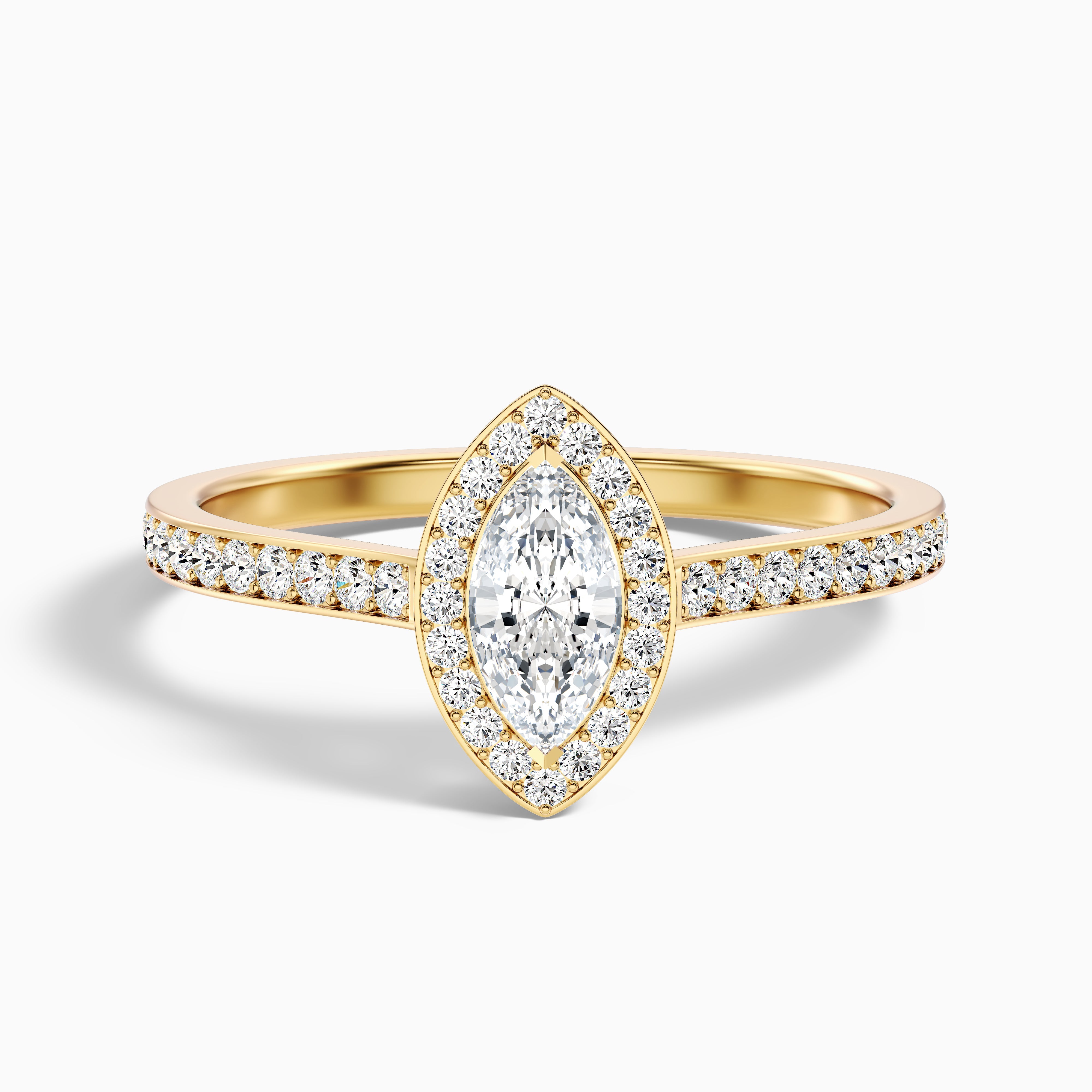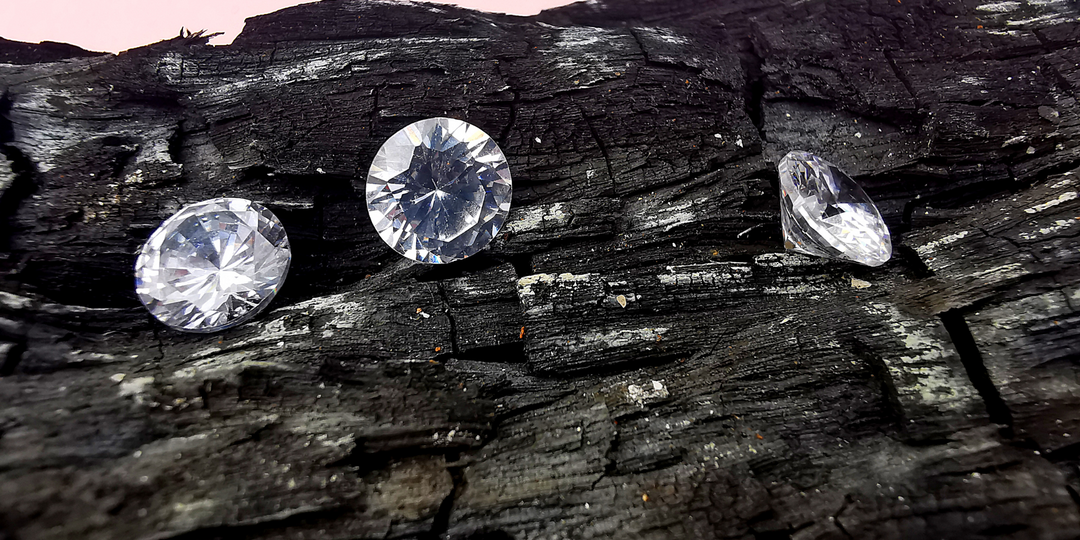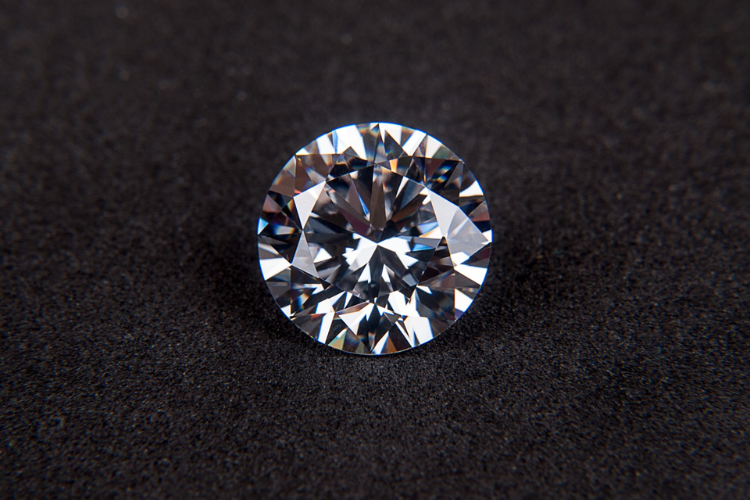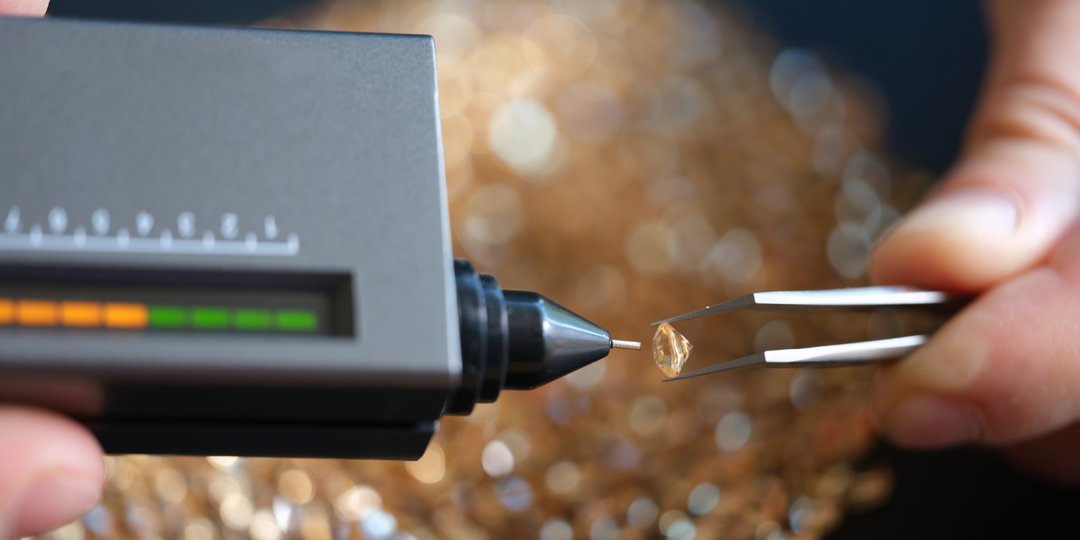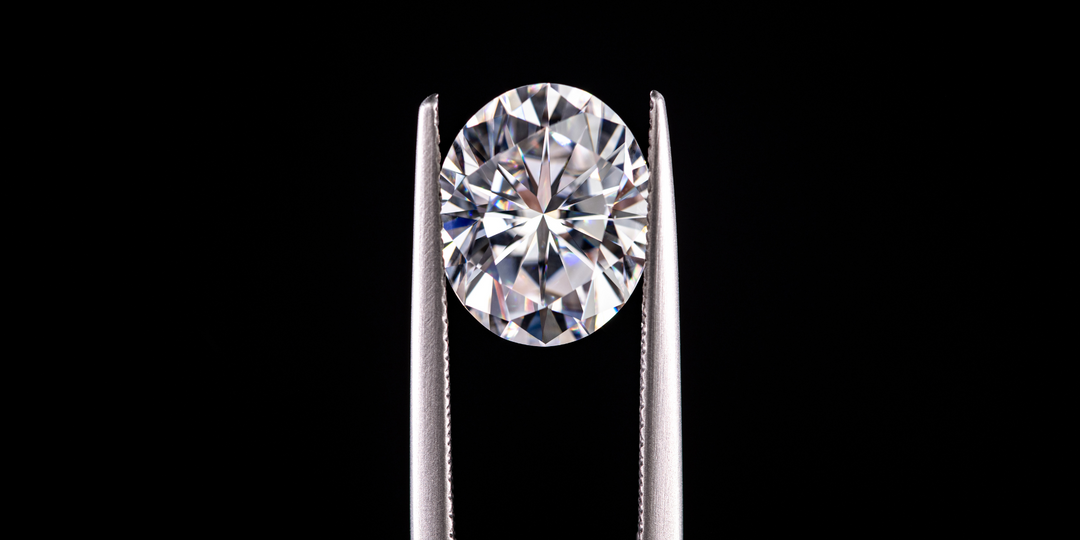What are HPHT Treated Lab Grown Diamonds?
Diamonds have long held a cherished place in the world of jewelry, symbolizing love, status, and commitment. But with growing environmental awareness and technological advancements, there's a sparkling new option on the market—HPHT treated lab grown diamonds. Whether you're an engaged couple looking for that perfect stone, an eco-conscious consumer, or a jewelry enthusiast, understanding these gems can help you make an informed choice. In this blog post, we'll explore what an HPHT diamond is, how it’s created, and why it might be the perfect addition to your jewelry collection.
What are HPHT Treated Diamonds?
HPHT (High Pressure, High Temperature) Treated Diamonds are natural diamonds that have been subjected to extreme heat and pressure in a laboratory setting to enhance their color. This process can turn pale or yellow diamonds into vibrant blue, pink, or green hues. The HPHT method, first developed by General Electric back in 1954 for making diamonds, basically mimics how diamonds are naturally formed. It involves turning carbon into diamonds using high heat and pressure, just like what happens deep inside the Earth.
However, it wasn't until the 1990s that it began to be used commercially to treat diamonds for color enhancement. HPHT-treated diamonds are considered natural because they originate from the earth, but they have undergone a human-induced process to alter their appearance.
Advantages of HPHT Treated Lab Grown Diamonds
HPHT-treated lab grown diamonds offer several advantages over their mined counterparts. First, they are significantly more affordable than comparable mined diamonds, due to the shorter production time and reduced overhead costs associated with lab grown diamonds.
Second, their ethical sourcing eliminates concerns about conflict diamonds and the environmental impact of mining.
Third, HPHT-treated lab-grown diamonds are visually indistinguishable from mined diamonds, making them an excellent choice for those who desire the beauty and durability of natural diamonds without the ethical or financial concerns.
Fourth, the HPHT process enhances the color of the diamond permanently, so we don't need to worry about the diamond losing its color in the long run or in the future.
Finally, the HPHT process can enhance the color of lab-grown diamonds, creating stunning and unique stones that are often more vibrant than their mined counterparts.
How does an HPHT Diamond Grow?
Imagine you're growing a crystal, but instead of using sugar or salt, you're using carbon. That's essentially what happens when a diamond is grown in a lab using the HPHT method.
- Start with a seed: We begin with a tiny, natural diamond called a seed crystal. This acts as a foundation for the new diamond to grow on.
- Create a special environment: We place the seed crystal in a special chamber that mimics the extreme conditions deep inside the Earth. This chamber is very hot and has incredibly high pressure.
- Add carbon: Carbon, in the form of a gas, is introduced into the chamber. This carbon will become the building blocks of the new diamond.
- Watch it grow: Under these extreme conditions, the carbon atoms start to rearrange themselves and bond together, forming a diamond crystal around the seed crystal. It's like watching a tiny diamond grow!
- Cool it down: Once the diamond has reached the desired size, it slowly cools down the chamber.
- Remove and polish: The newly grown diamond is then removed from the chamber and polished to make it shine.
So, in a nutshell, we create a miniature Earth-like environment in a lab and let nature do its thing, resulting in a beautiful lab grown diamond!
The Origins of HPHT Lab Grown Diamonds
HPHT lab grown diamonds have been around since the mid 20th century when scientists started experimenting with high pressure high temperatures to study materials. The first successful diamonds were grown using CVD in the 1950s but HPHT gained momentum in the 1960s when scientists wanted to replicate the natural conditions under which diamonds form deep in the Earth’s mantle.
The early experiments paved the way for commercial HPHT diamond growth processes in the late 20th and early 21st century and now we have high quality lab grown diamonds that are almost indistinguishable from mined diamonds.
The Color-Enhancing Quality of HPHT Treatment
One standout feature of HPHT treatment is its ability to enhance the color of diamonds, taking them from a yellow or brown tint to the stunning white clarity we all admire. The process alters the diamond's internal structure, bringing out its natural brilliance and improving its aesthetic appeal.
For those seeking vibrant colored gems, HPHT treatment can also produce fancy-colored diamonds in shades of blue, green, and beyond. This flexibility allows for a wide range of creative design options and personalized jewelry pieces.
Ultimately, the color-enhancing capabilities of HPHT treatment make it an excellent choice for those who prioritize both quality and beauty. It adds another dimension of value to lab grown diamonds, ensuring you’ll always have a dazzling stone to cherish.
Difference Between An HPHT Diamond and Other Types of Lab Grown Diamonds
The primary difference between HPHT diamonds and other types of lab grown diamonds lies in the growth process. HPHT diamonds are created by subjecting a seed crystal to extreme heat and pressure in a laboratory setting, mimicking the conditions found deep within the Earth's mantle. This process results in a diamond with a crystalline structure that is virtually identical to that of a mined diamond.
Other types of lab grown diamonds, such as CVD (Chemical Vapor Deposition) diamonds, are grown using a chemical process that involves depositing carbon atoms onto a substrate. While CVD diamonds can also be high-quality, their growth process may result in slight variations in their crystalline structure compared to HPHT diamonds.
Additionally, HPHT diamonds often have a more vibrant and intense color due to the unique conditions under which they are grown.
HPHT Diamonds vs CVD Diamonds
Choosing between HPHT and CVD diamonds is akin to choosing between two equally stunning works of art. While HPHT diamonds boast enhanced color quality, CVD diamonds often showcase more uniform growth patterns. Both types are cherished for their brilliance and eco-friendly production methods.
Both methods produce high-quality lab grown diamonds that are chemically, optically, and physically indistinguishable from natural diamonds.
HPHT Diamonds vs. Natural Diamonds
HPHT diamonds and natural diamonds share many similarities in terms of their physical properties, including hardness, brilliance, and durability. However, the key difference lies in their origin. HPHT diamonds are created in a laboratory environment using a process that replicates the conditions found deep within the Earth's mantle, while natural diamonds are formed over millions of years beneath the Earth's surface.
While HPHT diamonds are often indistinguishable from natural diamonds to the naked eye, their lab grown origin can be a factor for some consumers, particularly those who prioritize the natural provenance of their jewelry.
How To Care For HPHT Diamonds
Caring for HPHT diamonds involves similar steps to caring for natural diamonds. To maintain their brilliance and luster:
- Clean them regularly using a soft-bristled brush and a mild detergent solution.
- Avoid harsh chemicals and abrasive materials that could scratch the diamond's surface.
- Store HPHT diamonds in a soft pouch or jewelry box to prevent scratches from contact with other pieces.
- Have your HPHT diamond professionally cleaned and inspected yearly to ensure its ongoing beauty and integrity.
Misconceptions About HPHT Treated Lab Grown Diamonds
One of the biggest myths about HPHT treated lab grown diamonds is that they are somehow lesser than natural diamonds. In reality, HPHT treated lab grown diamonds have the same physical properties as natural diamonds - hardness, brilliance and durability.
Another myth is that HPHT treated diamonds are not "real" diamonds. But they are considered natural diamonds because they are made of carbon atoms just like natural diamonds. The only difference is that HPHT treated diamonds have been treated by humans to enhance their color.
It's important to note that while HPHT-treated diamonds are beautiful and valuable, their market value may differ from that of natural diamonds due to factors such as consumer perception and the overall market for lab grown diamonds.
How to Make the Right Choice
When choosing between HPHT-treated lab grown diamonds and natural diamonds, consider your personal preferences and priorities. If ethical sourcing and affordability are important to you, HPHT-treated lab grown diamonds may be the ideal choice.
However, if you prioritize the natural provenance and traditional symbolism of diamonds, a natural diamond might be more suitable. Ultimately, the best decision depends on your individual values and lifestyle. Additionally, it's essential to consult with a reputable jeweler who can provide expert guidance and help you select a diamond that meets your specific needs and budget.
Conclusion
In conclusion, HPHT treated lab grown diamonds offer an exceptional blend of beauty, quality, and ethical production. By choosing these diamonds, you can enjoy all the benefits of traditional gemstones while supporting sustainability and innovation. Explore the world of HPHT diamonds and discover a stunning new way to celebrate life’s special moments.




